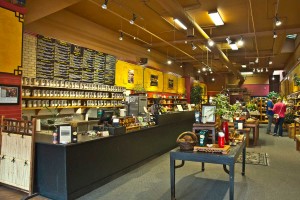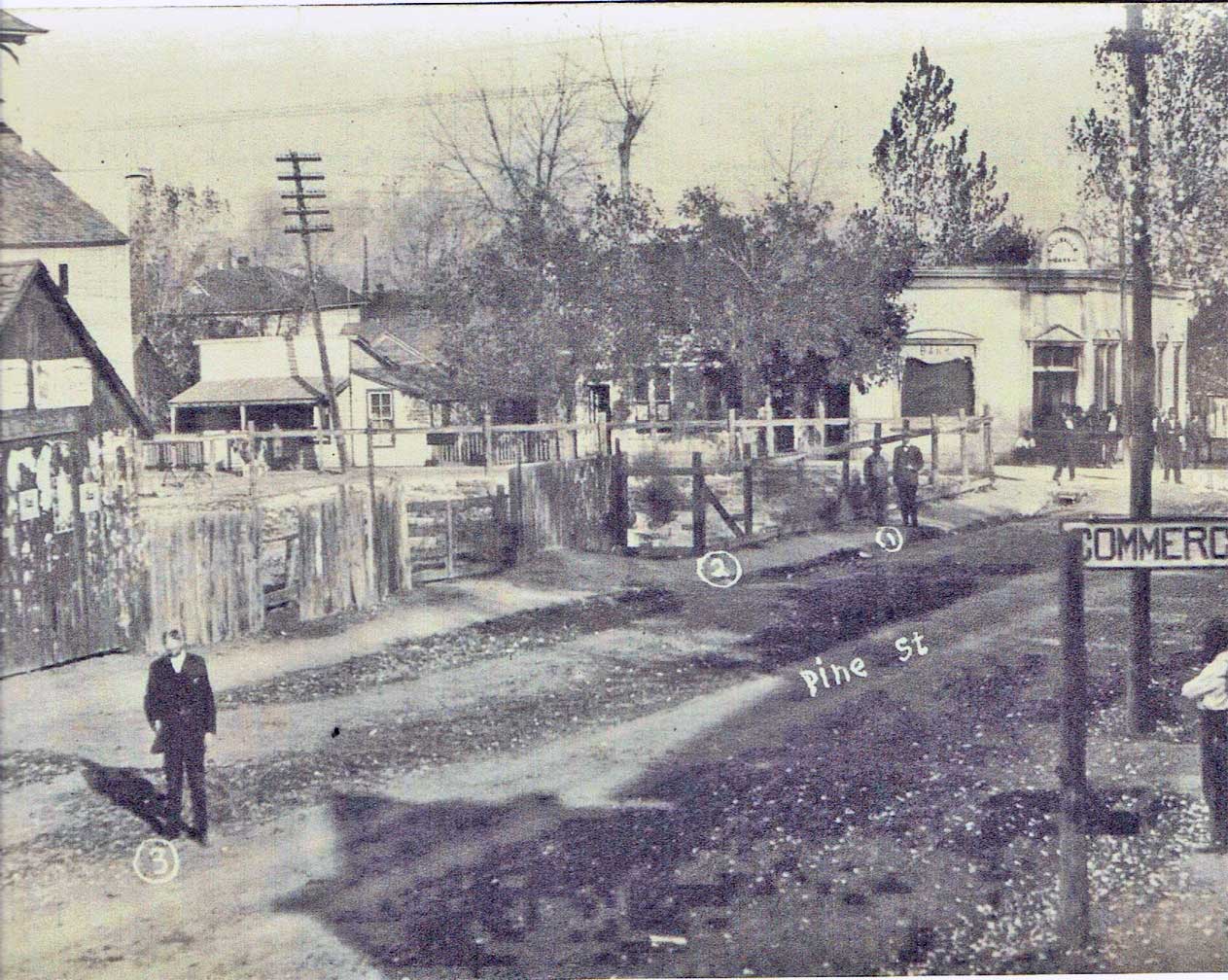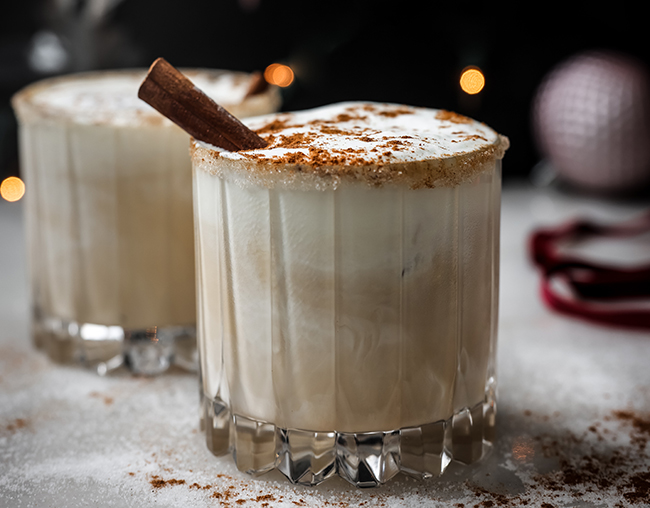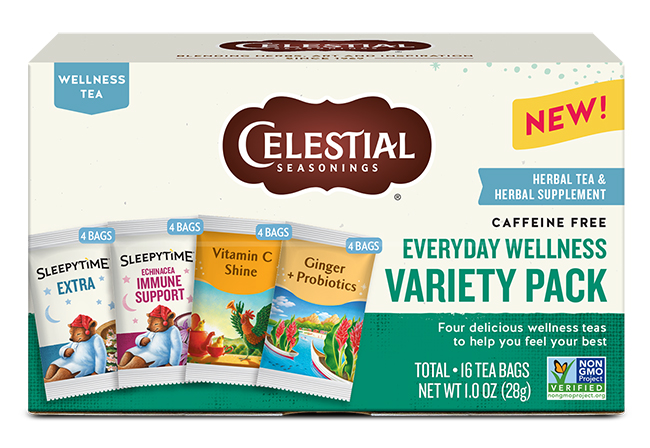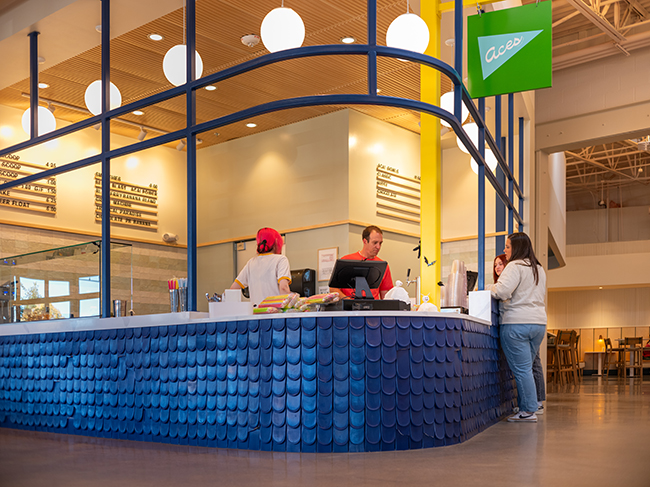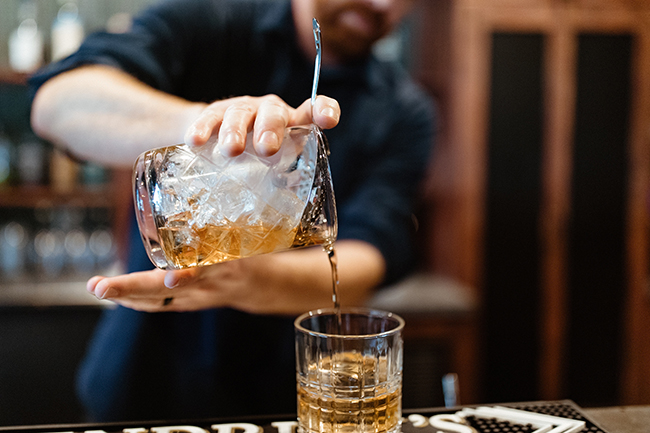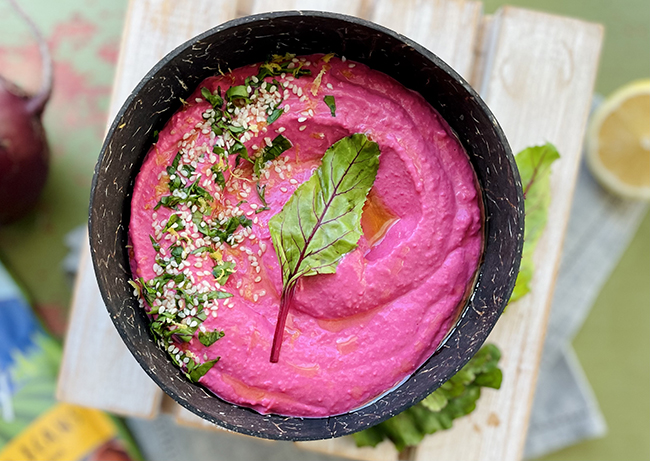Another World
27 Dec 2014
Ku Cha's Tea Room and Shop Bring Delicious Peace
By Kate Jonuska Photos by Phil Mumford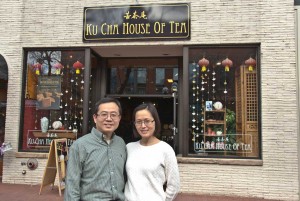
Exploring with Your Senses
The experiential nature of Ku Cha begins in the front of the store, the home base for the shop’s main business of selling loose-leaf teas. More than 150 varieties are in stock from all over the world, including China, Japan, India, South America and South Africa. Ku Cha sells its teas in sealed black bags, but provides a clear canister of each variety for customers to experience with their senses. “For each tea, we have information and a small sample jar that customers can open and smell, and also see what the loose-leaf tea looks like,” Liu says. “They feel better that they can participate in the decision-making process. It’s not just seeing a box. You know what’s inside.” [quote]Ku Cha House of Tea (303-443-3612; www.kuchatea.com) is located at 1141 Pearl St., Boulder 80302. It’s open Mondays-Saturdays 10 a.m.-9 p.m. and Sunday 11 a.m.-8 p.m. [/quote] The label tells the source of the tea, how it’s processed, the fragrances and flavors, and often, the tea’s health benefits. Liu, Pan and their well-trained employees—two full-timers and six working part-time—are excellent sources of information and advice. For instance, green tea is said to cool the body and is therefore ideal for summer or hot afternoons, while black tea’s caffeine content and warming qualities make it a natural as a breakfast beverage. Both types of tea actually come from the same Camellia sinensis plant, but green tea is almost unprocessed while black teas are fully oxidized. Ku Cha also sells teas that are less familiar in American culture. “People are not as familiar—but are catching up—with oolong, pu-erh and white tea,” says Liu, explaining that oolong, for instance, is semi-oxidized, which places it somewhere between green and black. “Oolong is very good for digesting and has better and stronger fragrance than green or black. There’s also a lot of variety in taste because of the variable oxidation.” Pu-erh, on the other hand, is created with fermentation rather than oxidation, and is coveted by tea aficionados who love the flavor and how it improves with age. In fact, pu-erh teas are often collected, stored and aged like wine. Rounding out the world tea offerings, Ku Cha also carries rooibos (or red tea), yerba maté and herbal blends. Different teas and tisanes have health benefits for the eyes, digestion, brain function, detoxification, blood-sugar control and more.